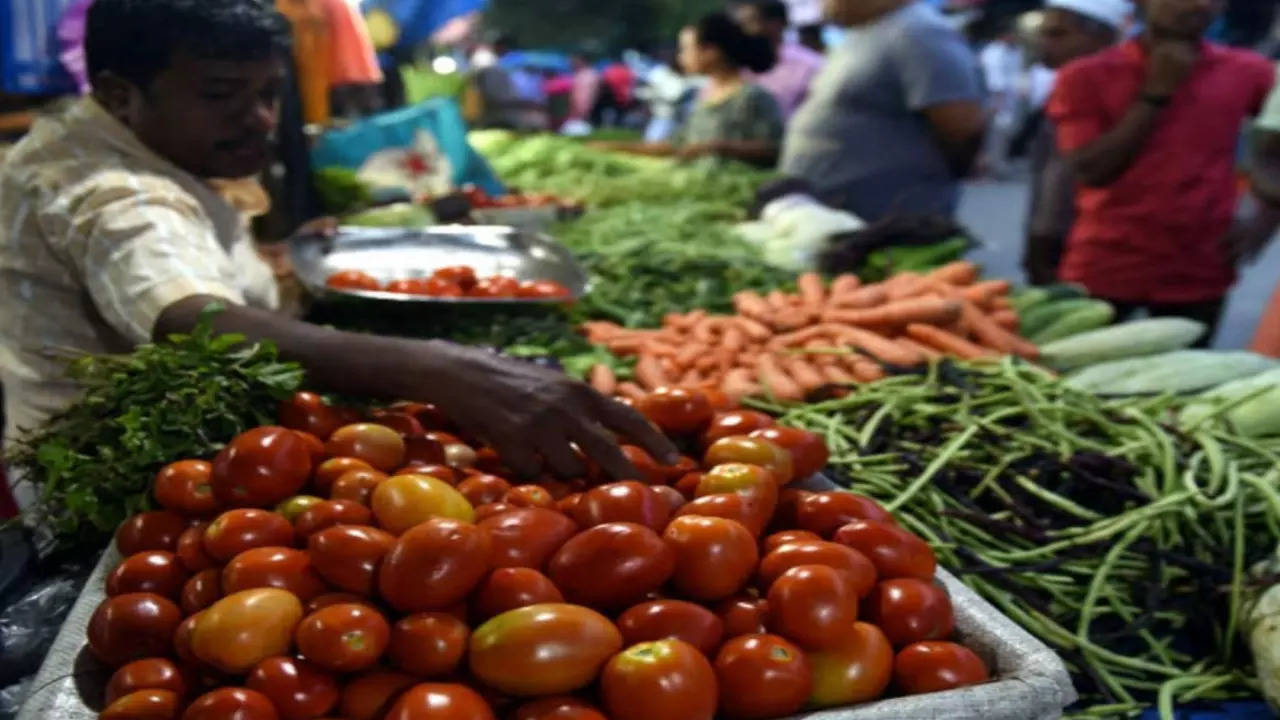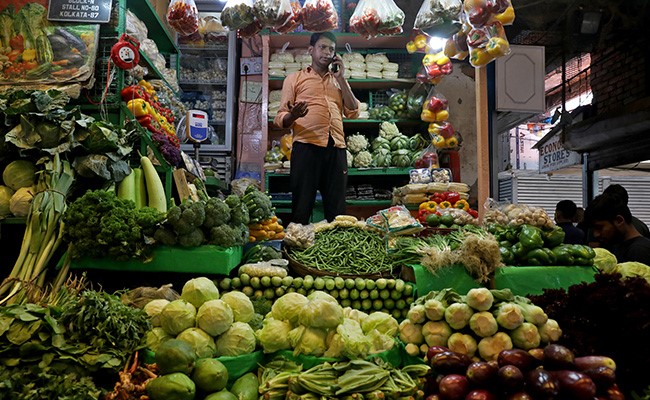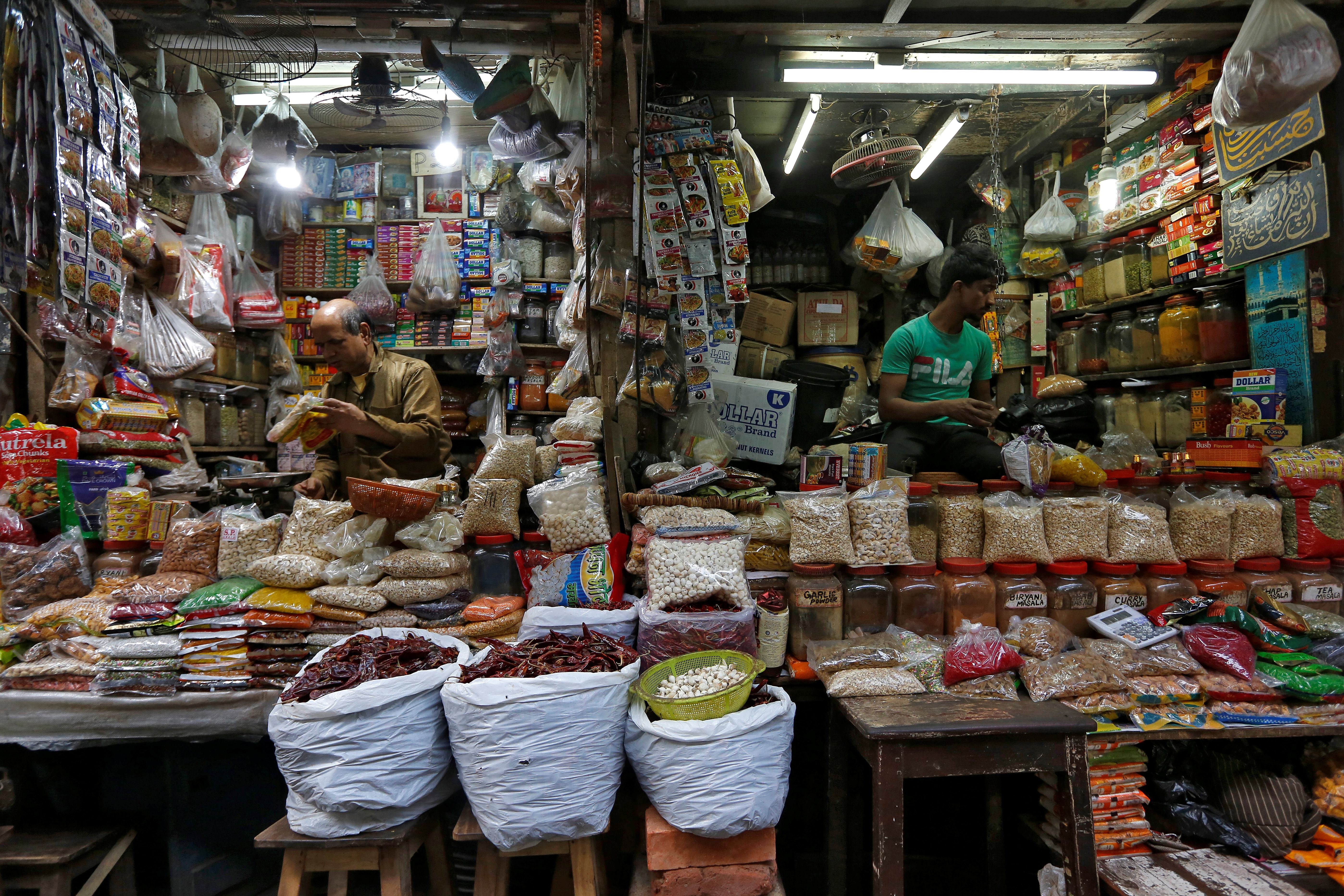Forecast: August Retail Inflation at 7%, Core Print Remains Unchanged

Forecast: August Retail Inflation at 7%, Core Print Remains Unchanged
Inflation, the steady rise in the general price level of goods and services, is a critical economic indicator that affects consumers, businesses, and policymakers alike. In August 2023, India witnessed a notable development in its inflation landscape, with the headline retail inflation rate hitting 7%, while the core inflation rate remained flat.
This article delves into the intricacies of this economic phenomenon, exploring its causes, implications, and potential policy responses.

Retail inflation, also known as Consumer Price Index (CPI) inflation, measures the average change over time in the prices paid by urban consumers for a market basket of consumer goods and services. It provides insights into the cost of living for the average citizen and serves as a critical parameter for central banks and governments to formulate monetary and fiscal policies.
August 2023 saw the headline retail inflation rate in India rise to 7%, marking a significant increase from the previous months. Several factors contributed to this surge:
One of the primary drivers of this increase was the surge in global crude oil prices, which pushed up fuel and transportation costs. Higher fuel prices lead to increased production and distribution costs, which often get passed on to consumers in the form of higher prices for various goods and services.
Food prices also played a crucial role in the inflationary surge. Erratic weather patterns, supply chain disruptions, and rising input costs for agriculture all contributed to higher food prices, impacting the household budgets of millions.

Post the COVID-19 pandemic, pent-up consumer demand surged, further adding pressure to inflation. As consumers started spending again, it created a demand-pull effect on prices, especially for non-essential items.
While the headline retail inflation made headlines with its 7% figure, the core inflation rate, which excludes volatile components such as food and energy, remained flat. This divergence between headline and core inflation is noteworthy.
Core inflation’s stability suggests that the inflationary pressures primarily emanate from external factors like fuel and food prices. Core inflation is often considered a better measure of long-term inflation trends, as it is less susceptible to short-term fluctuations.
High retail inflation erodes the purchasing power of consumers. As prices rise, consumers can buy fewer goods and services with the same amount of money, leading to a decreased standard of living.
)
The Reserve Bank of India (RBI) faces a dilemma. While high inflation may necessitate raising interest rates to control it, the stability in core inflation suggests that these price increases may be transitory. Striking the right balance between growth and price stability becomes a challenging task for central banks.
The government must focus on addressing supply-side issues in agriculture, transportation, and energy to control inflation. Policy measures aimed at improving supply chains and increasing agricultural productivity are crucial in curbing inflationary pressures.
High and volatile inflation can deter investment, as it creates uncertainty about future costs. This can potentially hamper economic growth in the long run.

The August 2023 retail inflation rate of 7% in India, coupled with the stability in core inflation, presents a complex economic scenario. It highlights the multifaceted nature of inflation and the need for a nuanced policy response.
While addressing short-term inflationary pressures is crucial, policymakers must also focus on structural reforms that enhance the supply side of the economy, promoting long-term stability and sustainable economic growth.

The Reserve Bank of India faces the challenge of balancing the need for price stability with the imperative of supporting economic recovery.
Consequently, the evolution of inflation in the coming months will be closely monitored, as it continues to be a key driver of economic decision-making in India.




